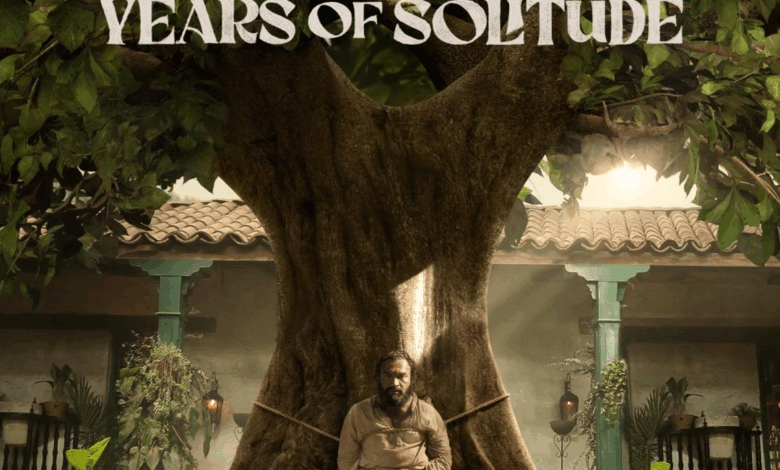One Hundred Years of Solitude:

Crossing Generations, Crossing Solitude
There are books that stay with you not because of their story, but because of the way they rearrange how you feel time.
Gabriel García Márquez’s One Hundred Years of Solitude is one of them.
When Netflix finally released its long-awaited adaptation, I was mostly curious: can the magic of Macondo survive on screen?
The short answer: yes—mostly.
But not without sacrifices.
Loneliness as an Inherited Condition
In the series, as in the book, solitude isn’t just emotional isolation — it’s hereditary.
From José Arcadio to the endless Aurelianos, each generation inherits its own flavor of loneliness: in love, in power, in memory.
The repetition of names isn’t a literary flourish; it’s a curse, a symbol of destiny replaying itself over and over again.
Psychologically, it’s close to what Jung called a collective pattern of repetition — an unconscious cycle that keeps looping until someone finally becomes aware of it.
And then there’s forgetting.
In Macondo, forgetting is survival.
But it’s also the very reason history repeats.
The more they erase the past, the more it comes back — slightly altered, slightly crueler.
The Real Magic Happens Inside the Mind
The directors (Alex García López and Laura Mora) made a smart decision: they didn’t confuse magical realism with CGI spectacle.
The magic in One Hundred Years of Solitude doesn’t explode — it breathes.
Ghosts floating through doorways, the endless rain, the dreams bleeding into reality — they’re not tricks, they’re psychological landscapes.
Every miraculous moment in Macondo feels like something happening deep inside the characters, not outside them.
That’s the real miracle of Márquez: turning inner chaos into myth.
The Technical Poetry of Macondo
Visually, the series is stunning.
The warm golds of early days slowly fade into cold blues and greys as the family declines — a subtle color journey from life to exhaustion.
Shot in Colombia, every frame smells of dust, heat, and rain.
The sound design deserves its own praise: insects, bells, wind, and endless rainfall — all shaping the feeling of time slowly collapsing.
The only uneven note is the voice-over; at times it feels too much like someone reading Márquez aloud.
But without it, the poetic rhythm would probably disappear.
Úrsula: The Still Ground Beneath the Storm
Marleyda Soto’s performance as middle-aged Úrsula is the quiet heart of the show.
While men lose themselves in wars, obsessions, and dreams, she remains rooted — fierce and unyielding.
Her calm movements and steady voice carry a kind of wisdom born from endless endurance.
Critics called her “the grounded heart of Macondo” — and rightly so.
She embodies that universal strength of women who keep history from falling apart, even when they know they can’t really stop it.
Úrsula understands what no one else in her family does: that time cannot be defeated, only delayed.
Between Memory and Myth
Netflix’s adaptation captures the essence of Márquez’s novel — the melancholy beauty of a world doomed to repeat itself.
Despite some pacing flaws and narrative compression, the series succeeds in creating a psychological mirror of the novel’s spirit.
Márquez once wrote:
“Life is not what one lived, but what one remembers and how one remembers it.”
And that’s what this series reminds us of.
In a world where everything keeps happening again and again, perhaps survival is simply the courage to look — even when the gaze grows tired.




